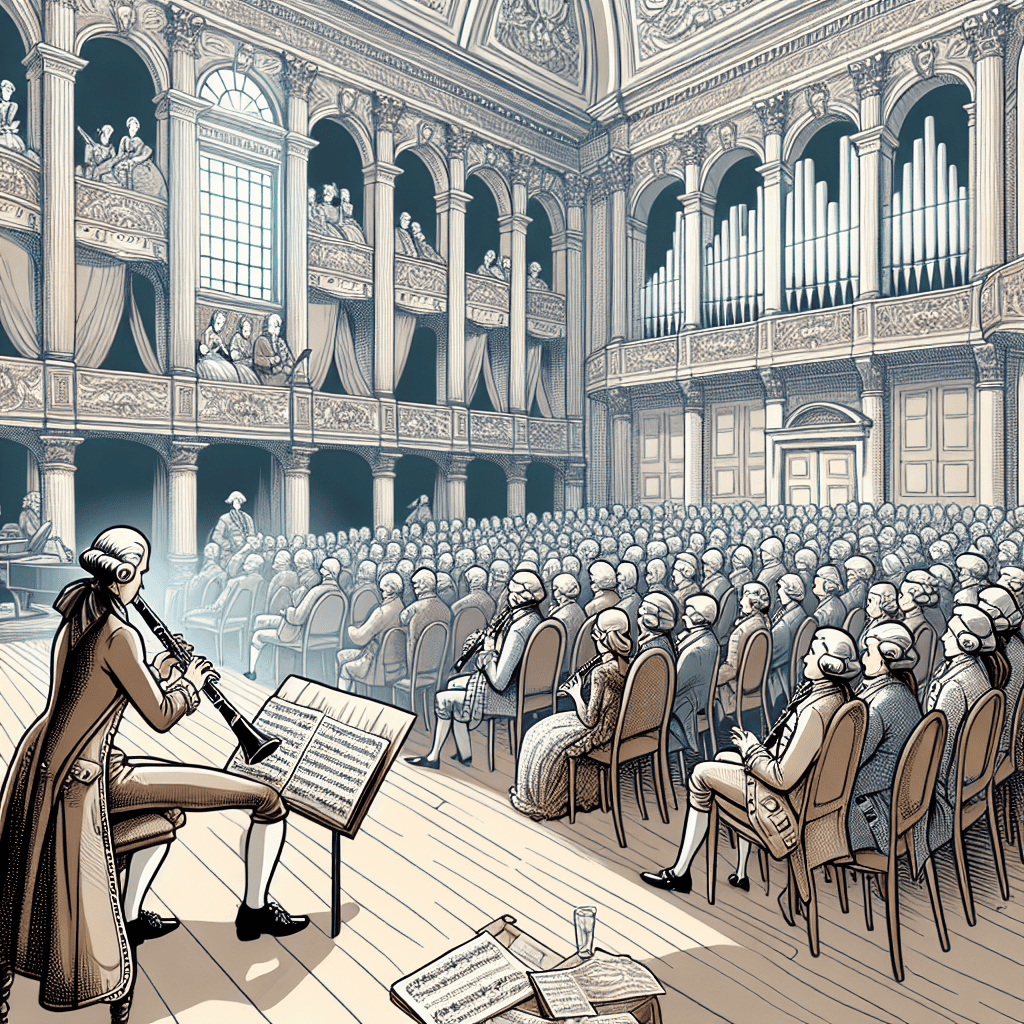The Evolution of Jazz: Clarinet in Post-Bop
When we talk about the evolution of jazz, the post-bop era stands out as a vibrant, complex, and exciting time for musicians. In this bustling genre, the clarinet holds a special place. You might not think of it right away when considering the great jazz instruments, but trust me, it's made quite an impact. This post explores the role of the clarinet in post-bop, and I bet you'll pick up some interesting tidbits along the way.
First off, let's talk about what post-bop actually means. This style of jazz emerged in the late 1950s and 1960s, mixing elements of bebop and avant-garde jazz. The clarinet, often overshadowed by the trumpet and saxophone, began to reclaim its spot in the spotlight, showing off its versatility. This instrument isn't just for marching bands and classical music anymore; it's now a driving force of innovation in jazz.
Influential Jazz Clarinetists
Jazz clarinetists like Eric Dolphy and Jimmy Giuffre took the instrument to new heights. These musicians are known for their innovative techniques and improvisational flair. Eric Dolphy, in particular, using the bass clarinet, created a unique, almost haunting sound that captivated audiences worldwide. He wasn't just playing notes; he was expressing emotion, painting sonic pictures. His works, such as ‘Iron Man', showcased the deeper, more intense sonic qualities of the clarinet, pushing the boundaries of sound.
| Clarinetist | Notable Contributions |
|---|---|
| Eric Dolphy | Pioneered use of bass clarinet in jazz, created unique haunting sounds |
| Jimmy Giuffre | Blended classical elements with modern jazz, reshaped clarinet's role |
Then there's the legendary Jimmy Giuffre, who skillfully blended classical elements with modern jazz. His trio recordings were innovative, incorporating the clarinet in ways that hadn't been done before. You could say he reshaped not only how people saw the clarinet but also how it could fit within various musical contexts. This kind of innovation has allowed the clarinet to shine in a genre filled with strong personalities and competing voices.
The Roots of the Clarinet
But let's not forget about the instrument's roots. The clarinet's sound is rich and woody, allowing it to weave smoothly through complex harmonic structures. And when you talk about craftsmanship, you can't ignore brands like Martin Freres. The careful engineering behind their clarinets allows musicians to reach their full potential, especially in an unpredictable genre like post-bop. The quality of the construction from brands like Martin Freres means players have instruments that not only sound fantastic but can also withstand the intensity of passionate playing.
Post-Bop Clarinet Techniques
Now, how can a clarinetist keep up with the post-bop style? Here are a few techniques to consider:
- Embrace extended techniques: The use of multiphonics and flutter tonguing can add a unique texture to your sound.
- Focus on improvisation: This is where you can showcase your uniqueness. Break out of the traditional rhythm patterns and let your instincts take over!
- Experiment with timbre: The clarinet can produce a range of tonal colors – play around with tongue position to find new sounds.
As impressive as the technical side of the clarinet is, the emotional connection is what really sells the music. Artists during the post-bop era didn't just play for technique; they played from the heart. This aspect always shines through in live performances, creating raw emotion that captivates audiences.
Collaborative Performances in Post-Bop
The post-bop genre also paved the way for collaborative performances. Clarinetists began teaming up with other instrumentalists, blending their styles to create a rich mix of sounds. This collaboration allows for a delightful interplay, and through experimentation, musicians can elevate the genre together, creating pure magic.
Conclusion
The clarinet has carved out an important space for itself in the post-bop landscape. Thanks to musicians like Dolphy and Giuffre, the instrument has gone beyond its traditional role, and now it's a powerful voice in the jazz conversation. Remember, if you're playing with a Martin Freres clarinet, you're using an instrument with a history of craftsmanship that supports your artistic expression. In post-bop, your clarinet is not just an instrument; it's an extension of your musical identity. So go out there, blow some reeds, and make some jazz!






